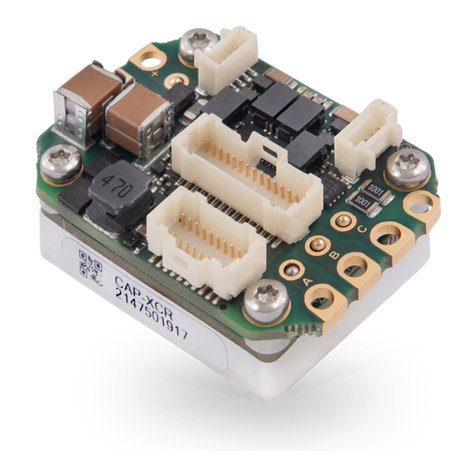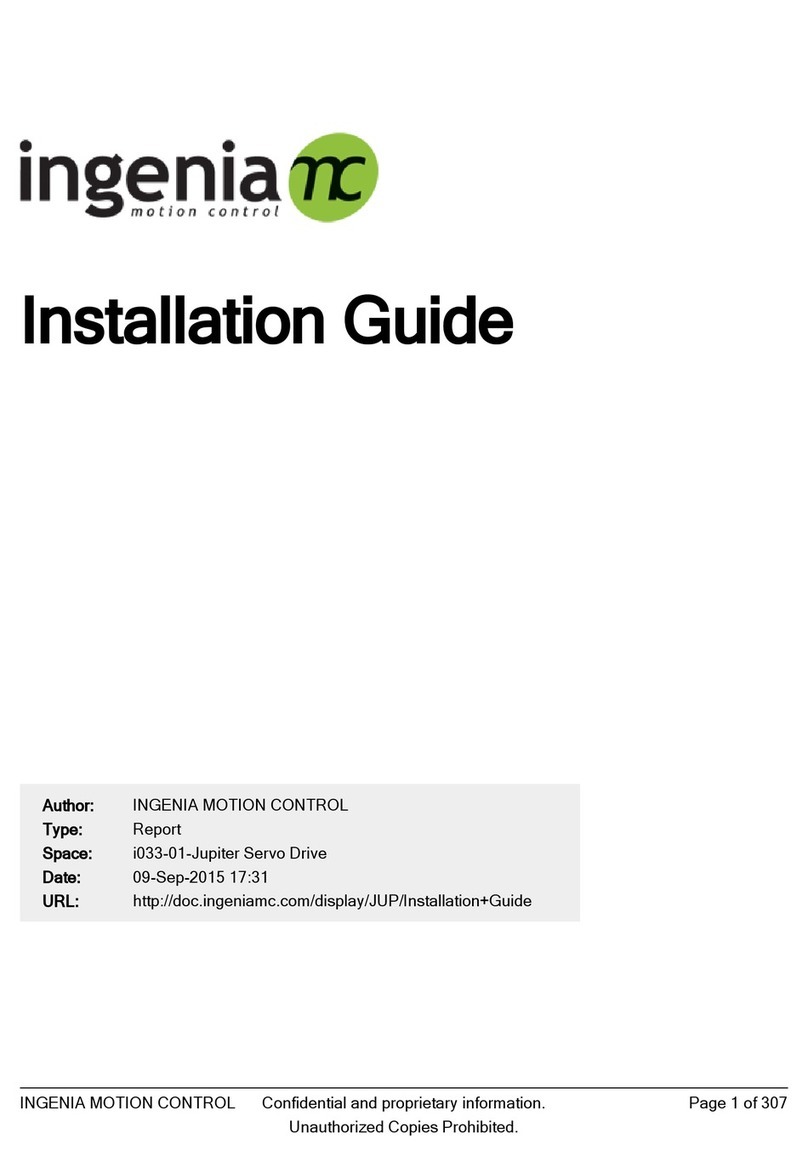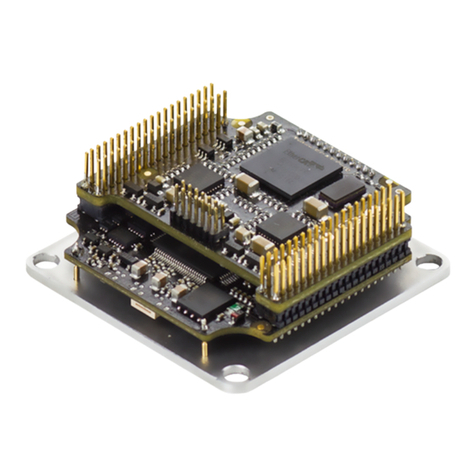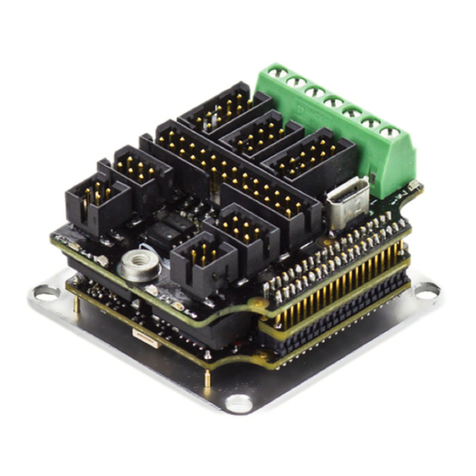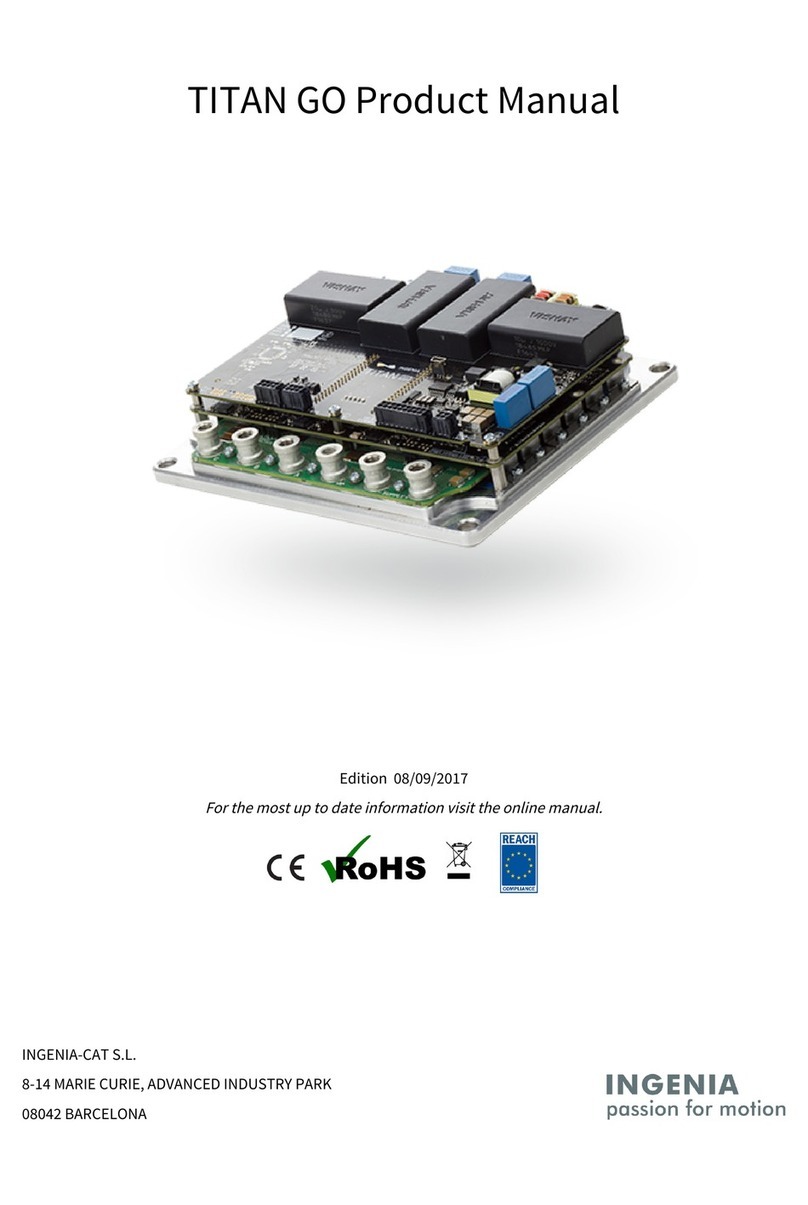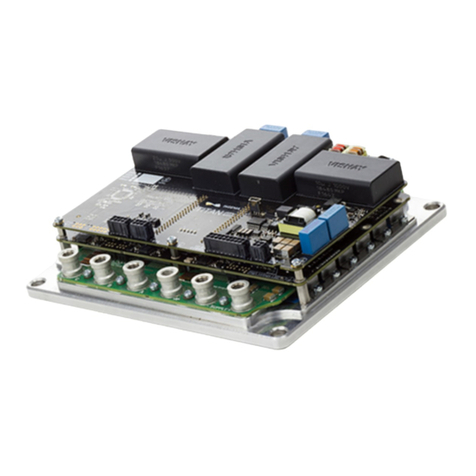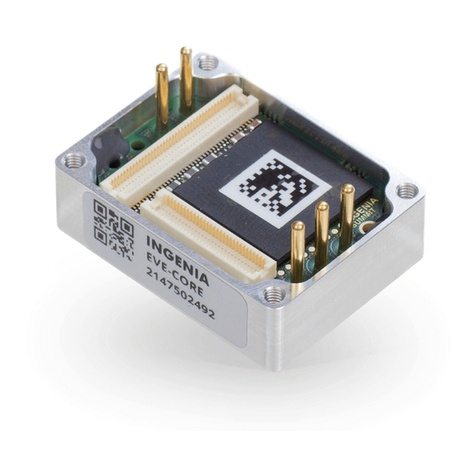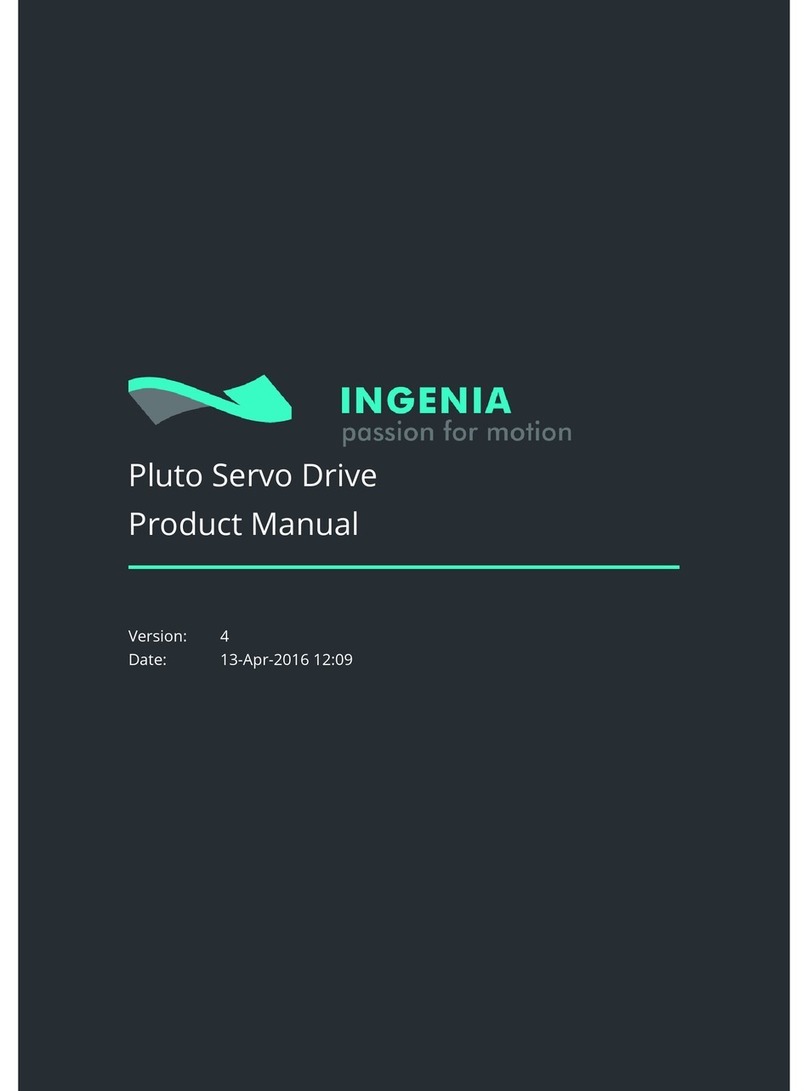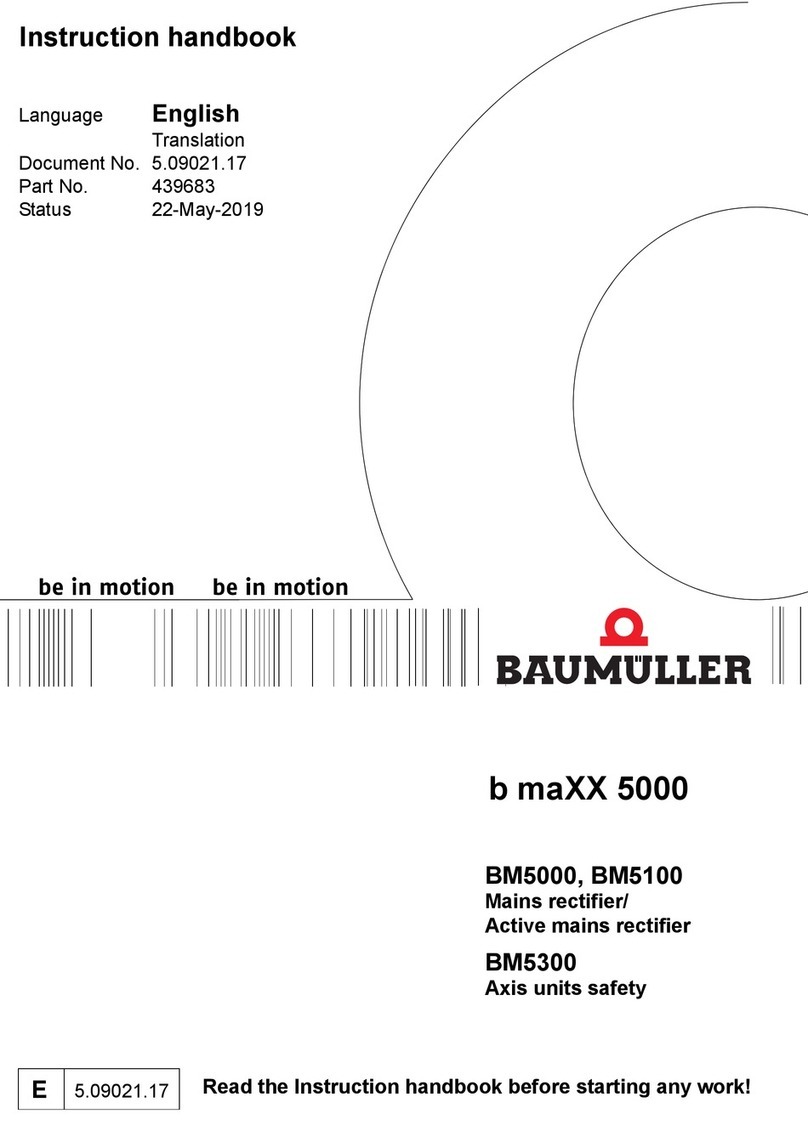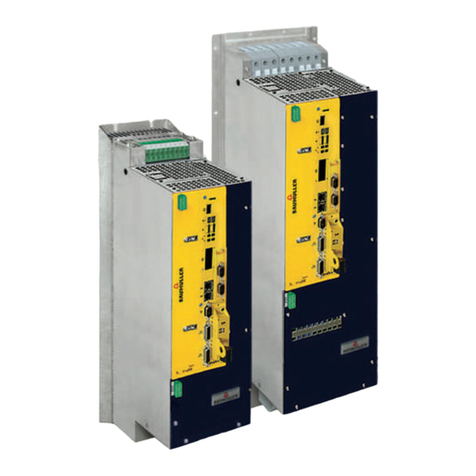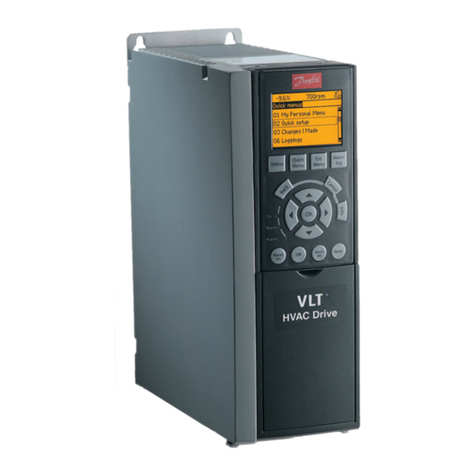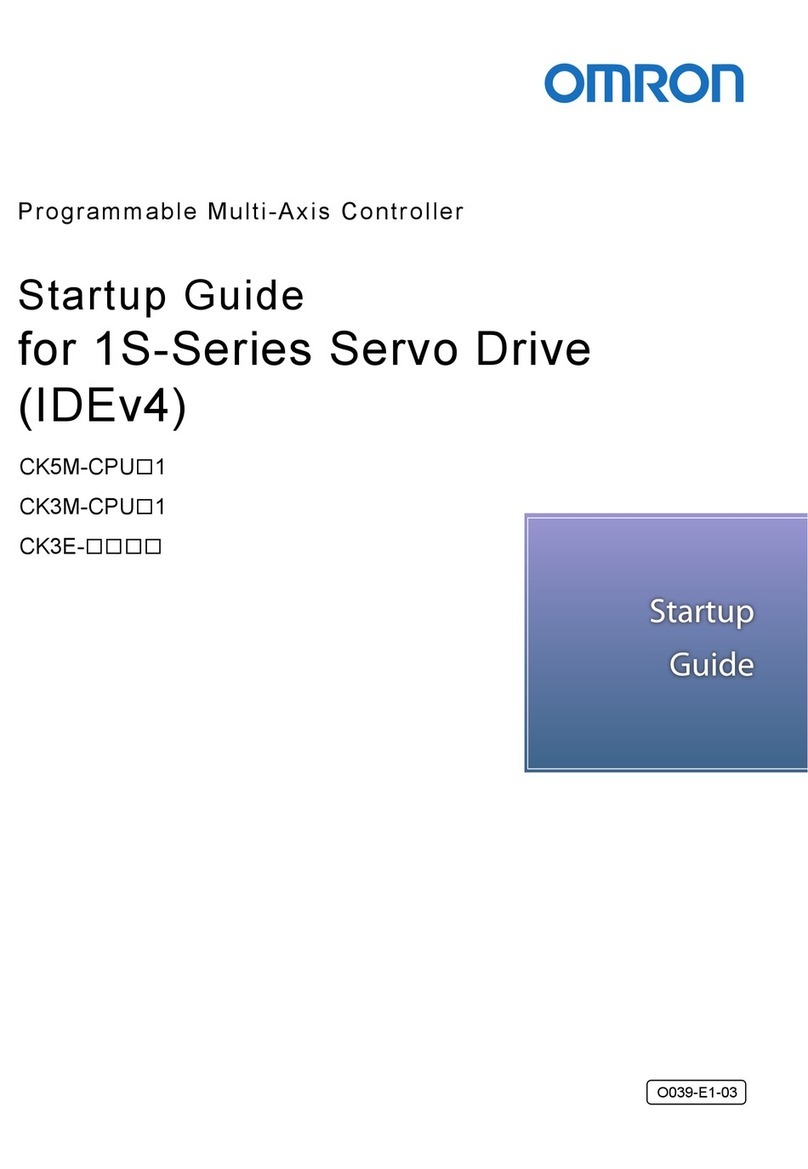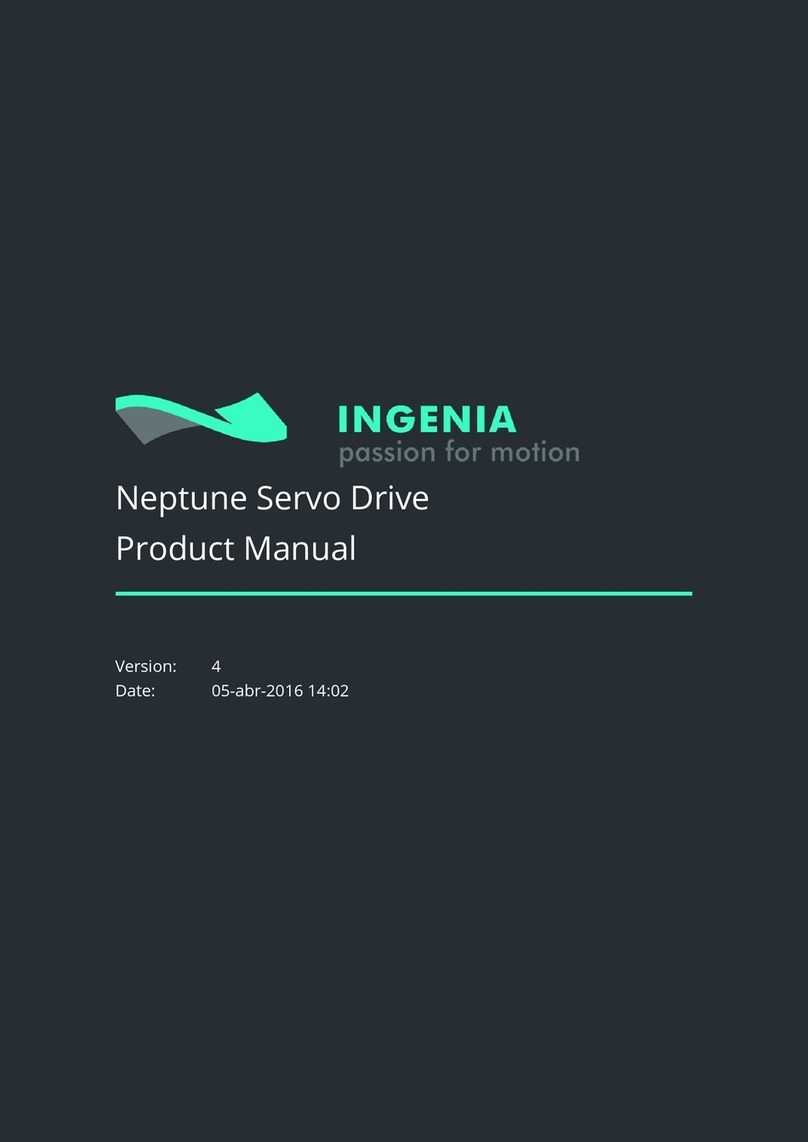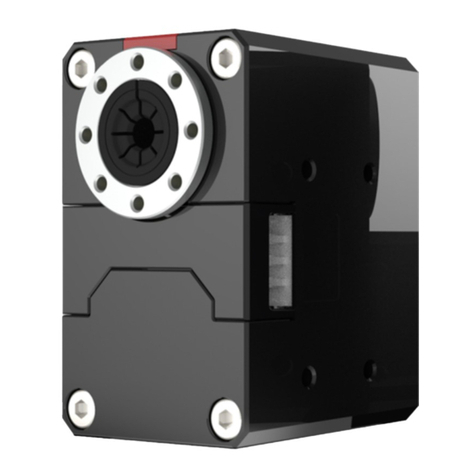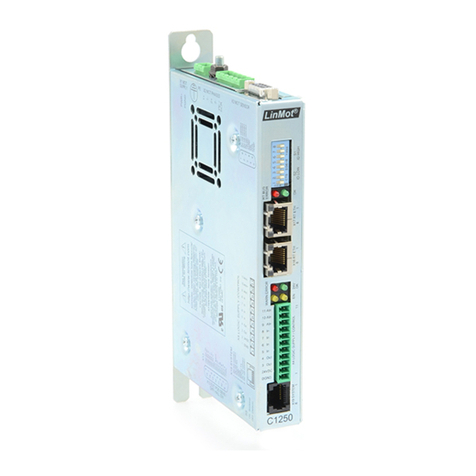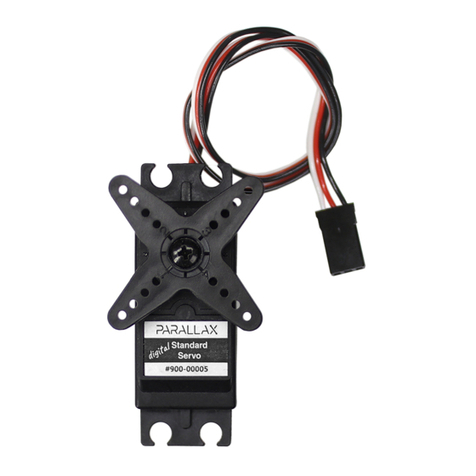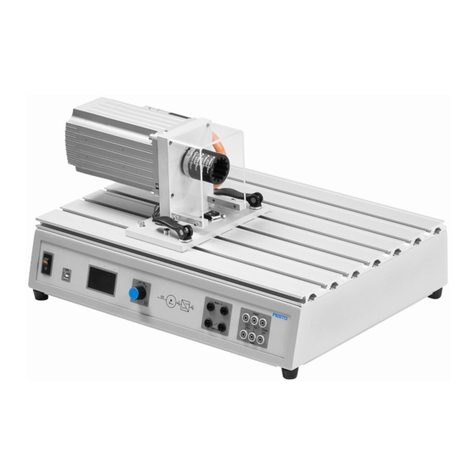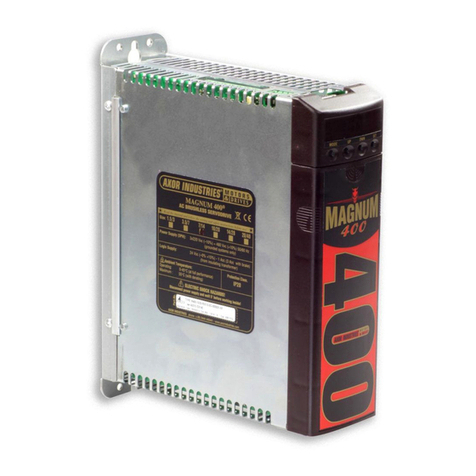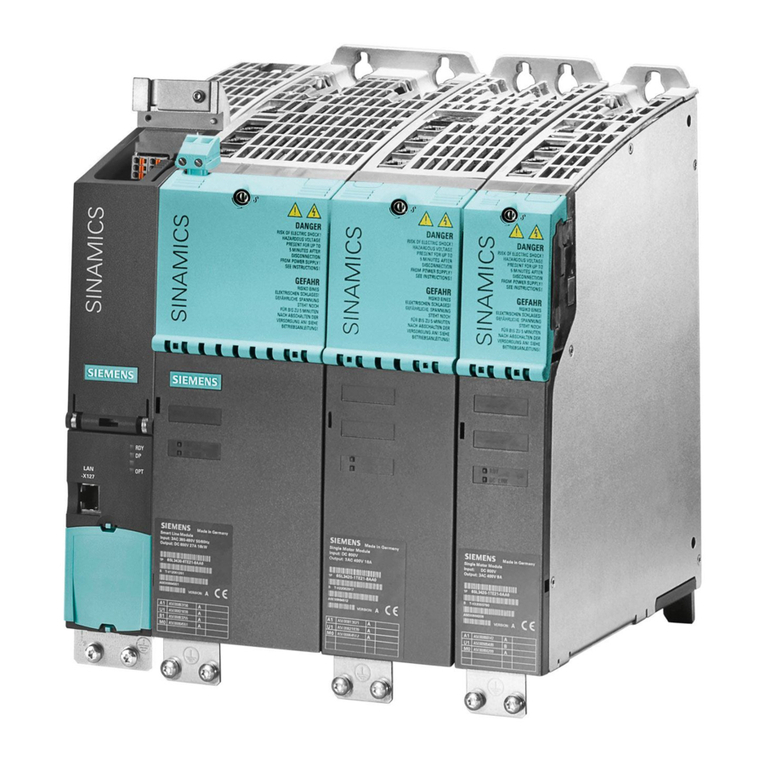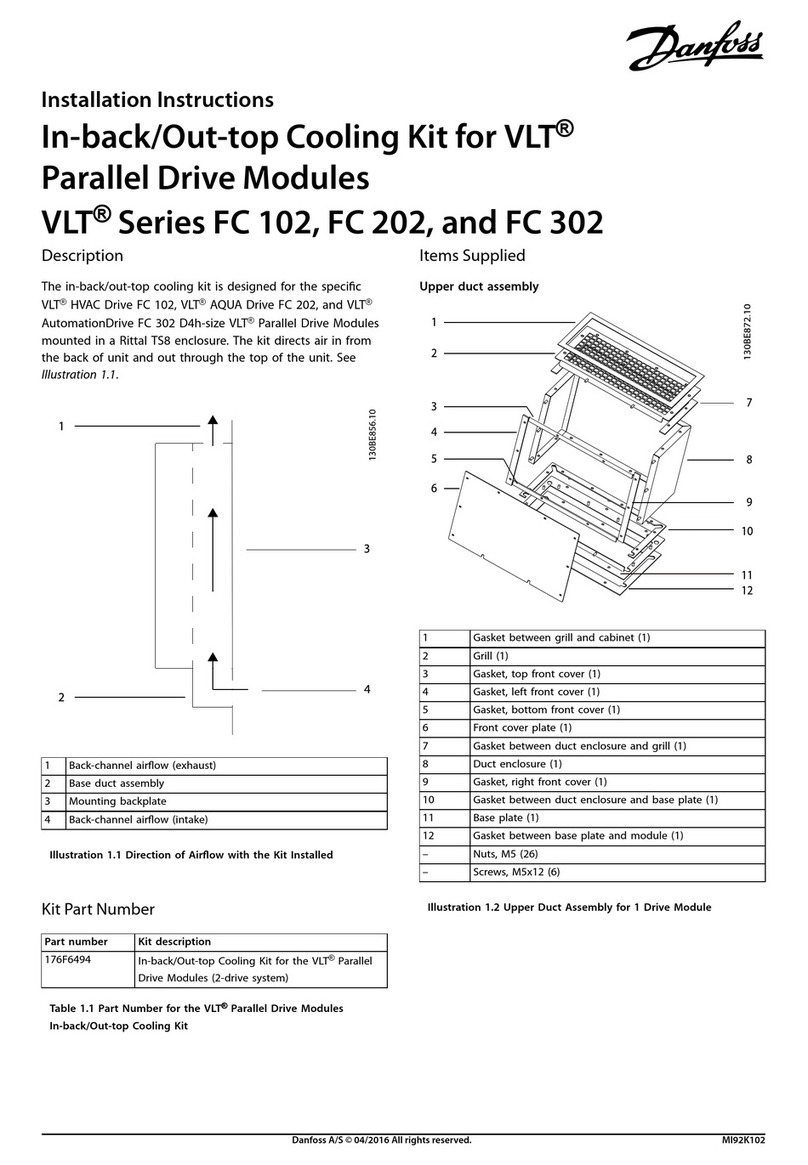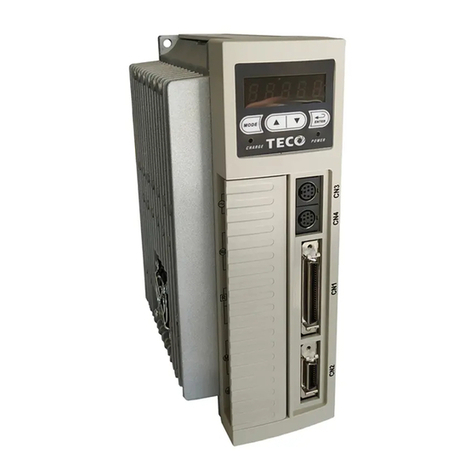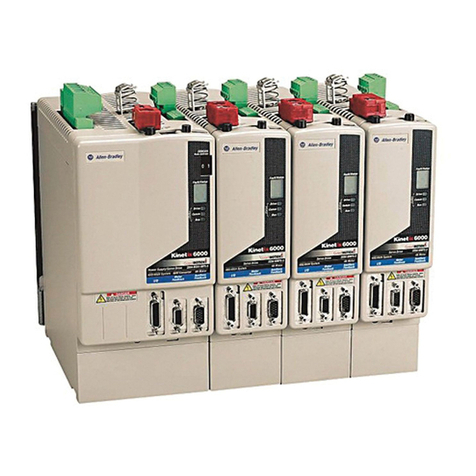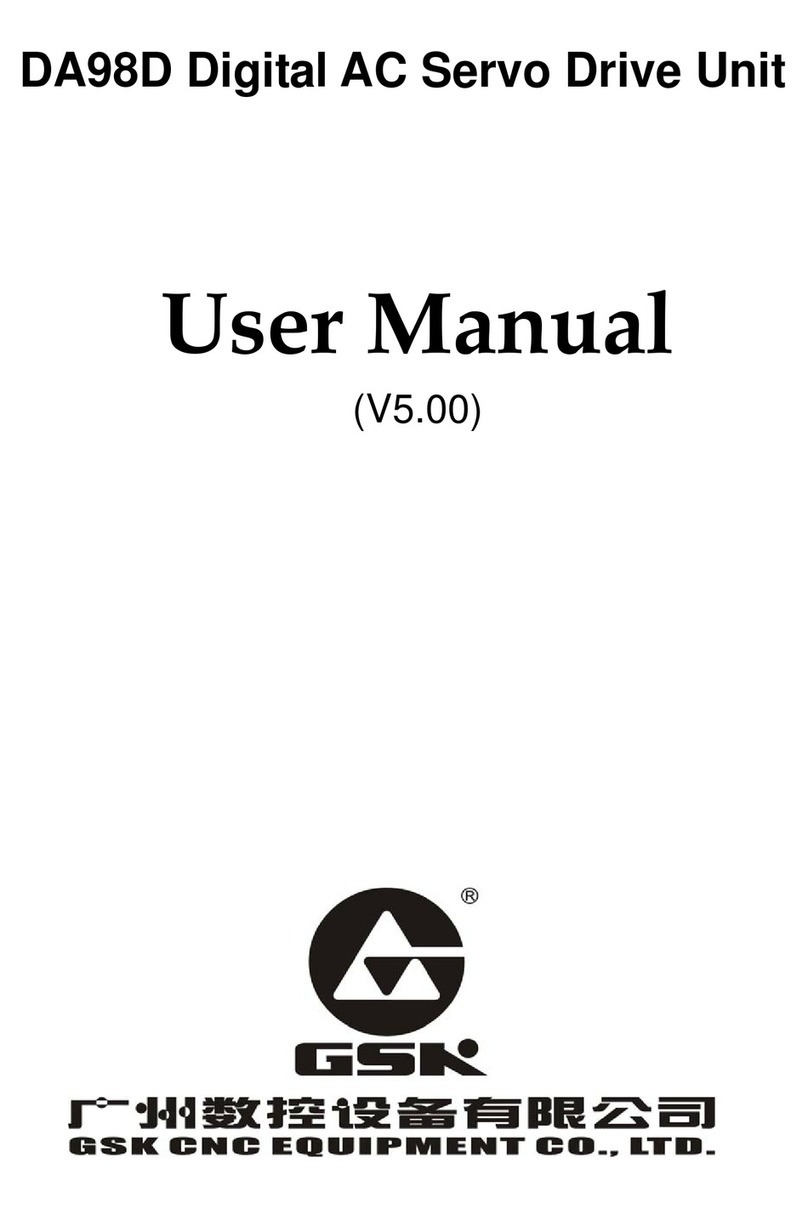
7.2.3 Battery connection ........................................................................................................................................... 61
7.2.4 Connection of multiple drives with the same power supply .......................................................................... 62
7.2.5 Power supply wiring recommendations.......................................................................................................... 63
Wire section....................................................................................................................................................... 63
Wire ferrules ...................................................................................................................................................... 63
Wire length ........................................................................................................................................................ 63
7.3 Motor and shunt braking resistor..................................................................................................................... 63
7.3.1 AC and DC brushless motors ............................................................................................................................ 63
7.3.2 DC motors and voice coils actuators ............................................................................................................... 65
7.3.3 Motor wiring recommendations ...................................................................................................................... 66
Wire section ...................................................................................................................................................... 66
Wire ferrules ...................................................................................................................................................... 66
Motor choke ...................................................................................................................................................... 67
Wire length ........................................................................................................................................................ 67
7.3.4 Shunt braking resistor ...................................................................................................................................... 67
7.4 Feedback connections...................................................................................................................................... 69
7.4.1 Digital Halls interface........................................................................................................................................ 69
7.4.2 Analog Halls interface....................................................................................................................................... 71
7.4.3 Digital Incremental Encoder............................................................................................................................. 73
Digital encoders with single ended 24 V outputs ............................................................................................ 75
Digital encoders with differential 24 V outputs............................................................................................... 76
Encoder broken wire detection........................................................................................................................ 76
7.4.4 Analog encoder (Sin-Cos encoder) interface................................................................................................... 76
7.4.5 Absolute encoder interface .............................................................................................................................. 79
7.4.6 Digital input feedback - PWM encoder............................................................................................................. 80
7.4.7 Analog input feedback...................................................................................................................................... 82
Potentiometer................................................................................................................................................... 82
DC tachometer .................................................................................................................................................. 83
7.4.8 Feedback wiring recommendations ................................................................................................................ 84
Recommendations for applications witch close feedback and motor lines ................................................. 84
7.5 I/O connections................................................................................................................................................. 84
7.5.1 General purpose single ended digital inputs interface (GPI1, GPI2).............................................................. 85
7.5.2 High-speed digital inputs interface(HS_GPI1, HS_GPI2) ............................................................................... 87
7.5.3 Analog inputs interface (AN_IN1, AN_IN2)....................................................................................................... 92
7.5.4 Digital outputs interface (GPO1, GPO2)........................................................................................................... 94
Wiring of 5V loads.............................................................................................................................................. 96
Wiring of 24V loads............................................................................................................................................ 96
7.5.5 Motor brake output (GPO1, GPO2)................................................................................................................... 98
7.5.6 Torque off input (custom purchase order) ...................................................................................................... 99
7.6 Command sources .......................................................................................................................................... 100
7.6.1 Network communication interface................................................................................................................ 101
7.6.2 Standalone ...................................................................................................................................................... 101
7.6.3 Analog input .................................................................................................................................................... 101
7.6.4 Step and direction........................................................................................................................................... 102
7.6.5 PWM command ............................................................................................................................................... 103
Single input mode........................................................................................................................................... 103
Dual input mode ............................................................................................................................................. 104
7.6.6 Encoder following or electronic gearing........................................................................................................ 105
7.7 Communications............................................................................................................................................. 106
7.7.1 USB interface................................................................................................................................................... 107
USB powered drive ......................................................................................................................................... 107
USB wiring recommendations ....................................................................................................................... 107
7.7.2 RS485 interface ............................................................................................................................................... 108
Multi-point connection using daisy chain ..................................................................................................... 109
7.7.3 CANopen interface.......................................................................................................................................... 111
CAN interface for PC........................................................................................................................................ 113
CAN wiring recommendations ....................................................................................................................... 113
7.7.4 EtherCAT interface.......................................................................................................................................... 114
8 Dimensions and Assembly 116
